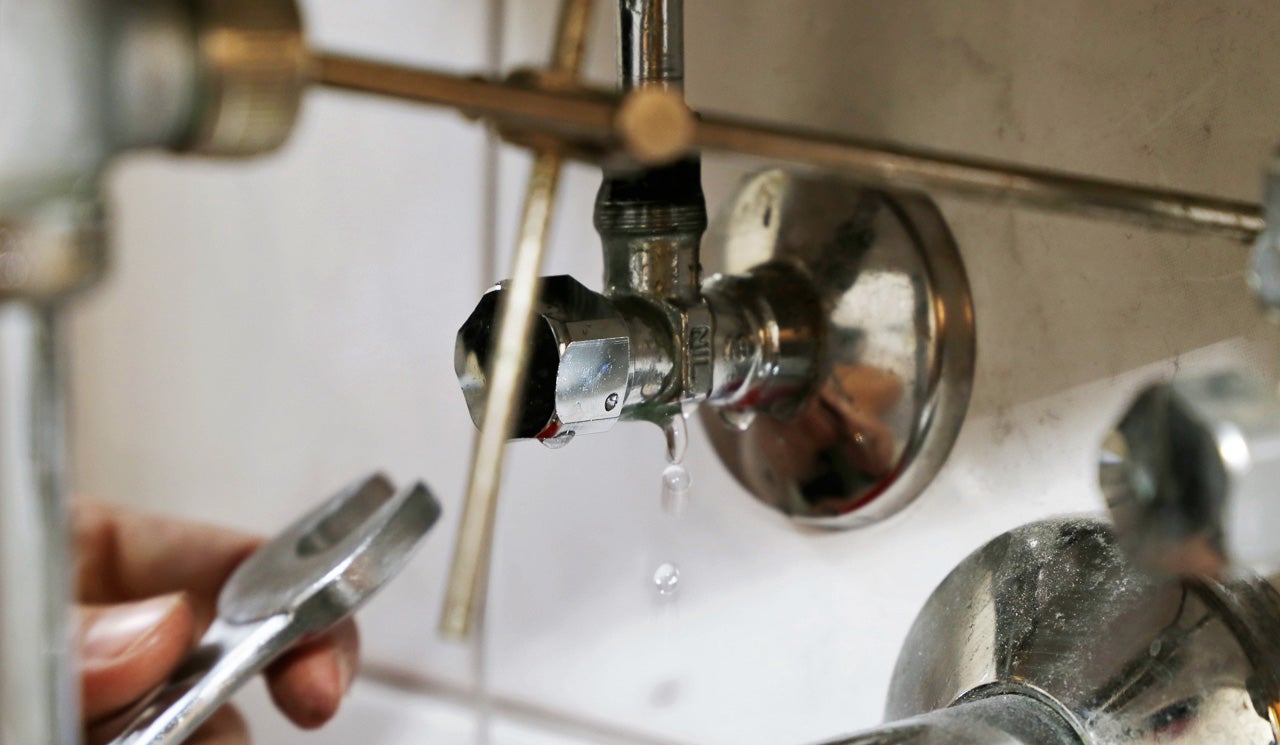6 Ways to Locate Surprise Water Leaks in Your Home
6 Ways to Locate Surprise Water Leaks in Your Home
Blog Article
They are making several great observations on the subject of Locating water leaks in general in the article followed below.

Early detection of dripping water lines can reduce a prospective catastrophe. Some small water leaks might not be noticeable.
1. Examine the Water Meter
Every house has a water meter. Inspecting it is a guaranteed manner in which assists you discover leakages. For starters, shut off all the water sources. Ensure nobody will certainly purge, utilize the tap, shower, run the washing machine or dish washer. From there, most likely to the meter and watch if it will transform. Considering that nobody is using it, there need to be no movements. If it moves, that shows a fast-moving leakage. If you identify no adjustments, wait a hr or two and check back once more. This means you may have a sluggish leak that can also be underground.
2. Examine Water Consumption
If you detect sudden modifications, regardless of your usage being the same, it implies that you have leaks in your plumbing system. An abrupt spike in your bill suggests a fast-moving leak.
Meanwhile, a consistent boost on a monthly basis, despite having the very same habits, shows you have a sluggish leak that's additionally slowly rising. Call a plumber to thoroughly inspect your residential property, especially if you really feel a warm area on your floor with piping beneath.
3. Do a Food Coloring Test
When it comes to water usage, 30% comes from bathrooms. If the shade in some way infiltrates your bowl throughout that time without flushing, there's a leakage in between the tank and dish.
4. Asses Exterior Lines
Do not fail to remember to examine your outdoor water lines also. Ought to water permeate out of the link, you have a loose rubber gasket. One tiny leak can throw away bunches of water and also surge your water costs.
5. Check and also Examine the Scenario
Homeowners need to make it a routine to check under the sink counters and also inside cabinets for any type of bad odor or mold growth. These 2 warnings show a leak so prompt interest is required. Doing routine examinations, also bi-annually, can conserve you from a significant problem.
Extra importantly, if you recognize your home is already old, keep a watchful eye on your heaters, hoses, pipes and so on. Check for stainings as well as compromising as most pipes as well as home appliances have a life span. They will additionally naturally wear away as a result of deterioration. If you believe leaking water lines in your plumbing system, don't await it to escalate. Call an expert plumber right away so you do not end up with a dreadful mess in your home.
Early discovery of leaking water lines can minimize a possible catastrophe. Some small water leakages may not be noticeable. Inspecting it is a surefire method that helps you find leakages. One tiny leak can waste bunches of water and spike your water expense.
If you think dripping water lines in your plumbing system, don't wait for it to escalate.
WARNING SIGNS OF WATER LEAKAGE BEHIND THE WALL
PERSISTENT MUSTY ODORS
As water slowly drips from a leaky pipe inside the wall, flooring and sheetrock stay damp and develop an odor similar to wet cardboard. It generates a musty smell that can help you find hidden leaks.
MOLD IN UNUSUAL AREAS
Mold usually grows in wet areas like kitchens, baths and laundry rooms. If you spot the stuff on walls or baseboards in other rooms of the house, it’s a good indicator of undetected water leaks.
STAINS THAT GROW
When mold thrives around a leaky pipe, it sometimes takes hold on the inside surface of the affected wall. A growing stain on otherwise clean sheetrock is often your sign of a hidden plumbing problem.
PEELING OR BUBBLING WALLPAPER / PAINT
This clue is easy to miss in rooms that don’t get much use. When you see wallpaper separating along seams or paint bubbling or flaking off the wall, blame sheetrock that stays wet because of an undetected leak.
BUCKLED CEILINGS AND STAINED FLOORS
If ceilings or floors in bathrooms, kitchens or laundry areas develop structural problems, don’t rule out constant damp inside the walls. Wet sheetrock can affect adjacent framing, flooring and ceilings.
https://www.servicemasterbyzaba.com/blog/how-to-detect-water-leakage-in-walls/

I came across that blog posting on Hacks to detect leaks when doing a lookup on the web. Don't hesitate to take a moment to share this post if you appreciated it. I treasure reading our article about Detecting hidden plumbing leaks.
Report this page